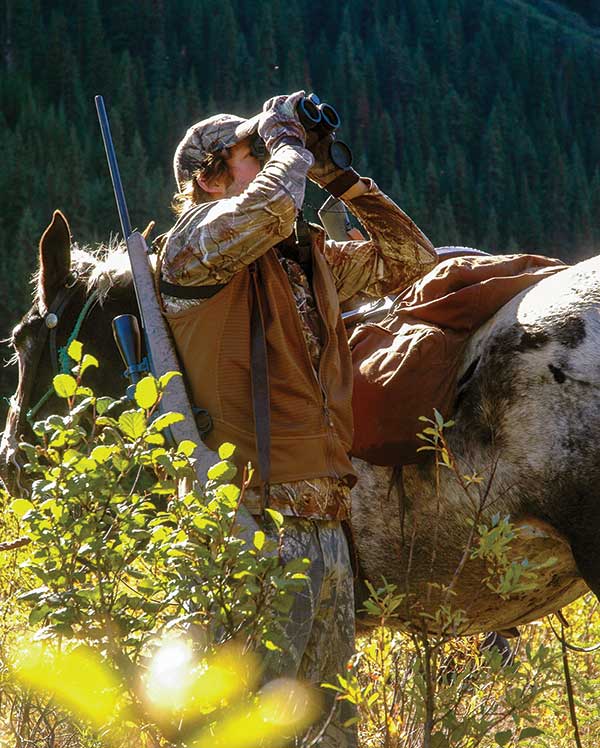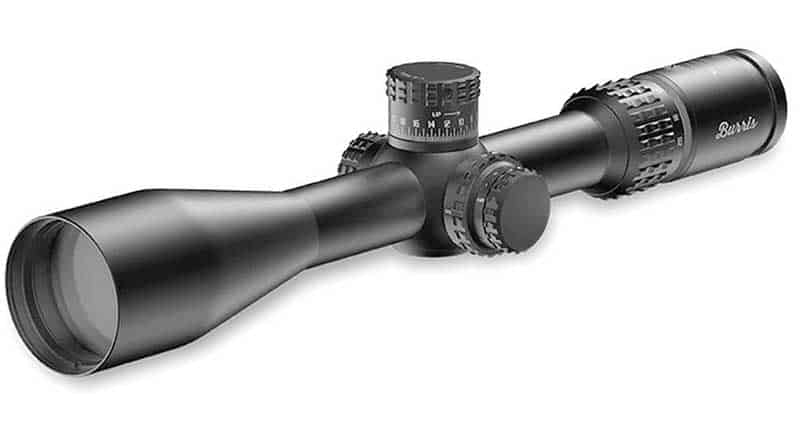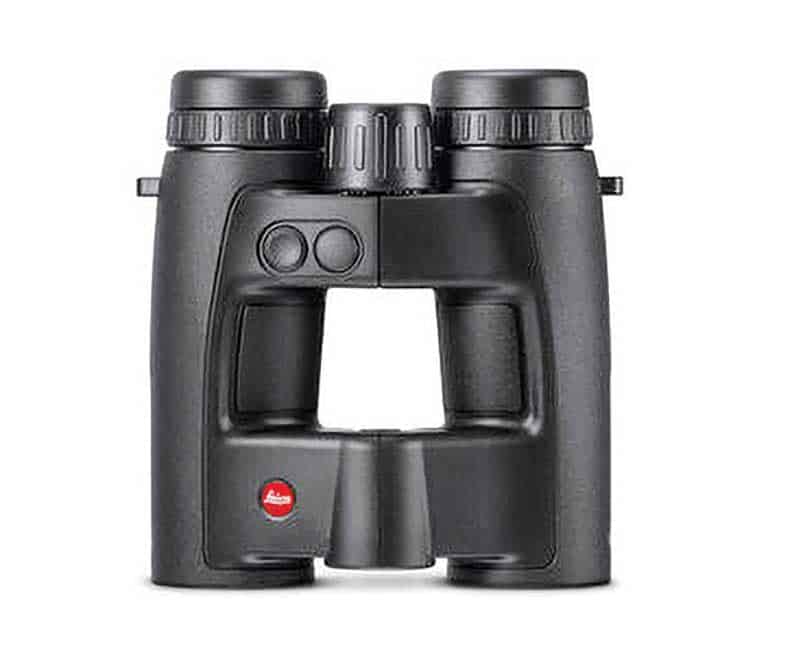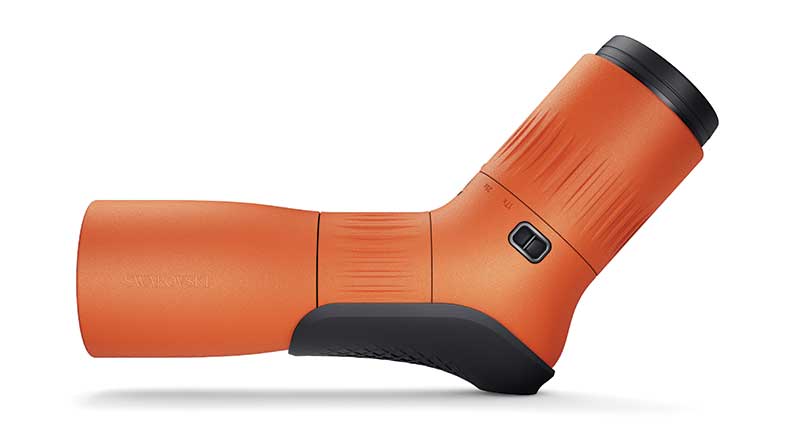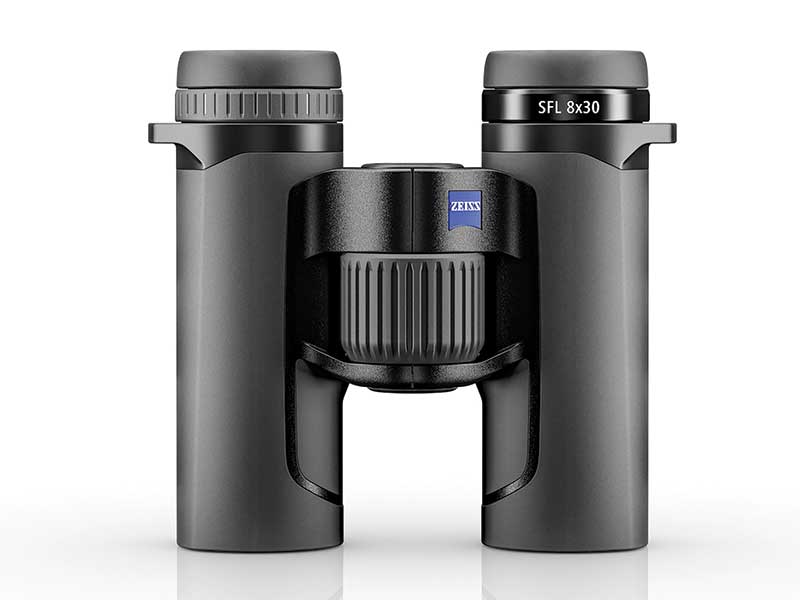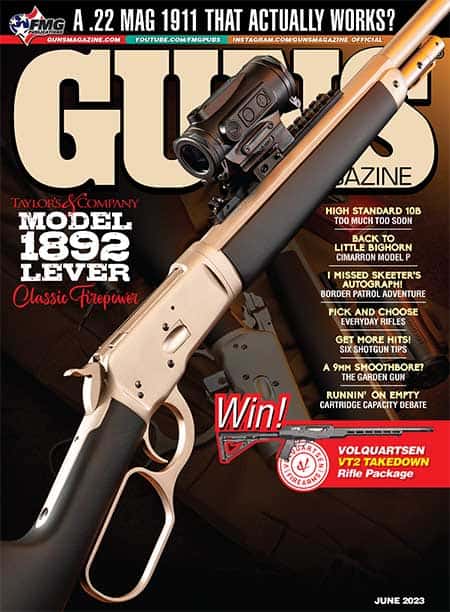Shot Glass
The Latest And Greatest From Las Vegas
The 45th Shooting, Hunting and Outdoor Trade (SHOT) Show this past January was the biggest ever, with 2,500 companies gobbling 816,000 square feet in Las Vegas’ Venetian expo complex and Caesar’s Forum. The attendees came from all 50 states and 115 countries.
State of The Industry
“We’re still filling orders delayed by burgeoning demand and supply chain hitches.” That pretty well sums up the responses of manufacturers asked, “What’s new?”
You have to shrug and nod. Why tool up for new bullets or cartridges when orders are stacked for those on the presses? Why engineer a new rifle if changing the stock camo bumps demand for an existing model?
Oddly enough, the annual habit of offering up bigger, more complex and more expensive sporting optics seems unbreakable. Competition is fierce to peddle these products, commonly at a steep discount. As many are brilliantly engineered, electronically gifted and even useful, the price hikes make sense. Picking the prize steers from this herd is hard. Here are a few fresh optics that should ably serve hunters and shooters without bringing financial ruin.
Burris
With its new PH Veracity 4-20×50 riflescope, Burris joins the race to ever more powerful, more sophisticated sights for long-range shooting. Its sensible 30mm tube absolves shooters of having to spend more on rings than a scoped rifle cost in my youth. The five-times power range should cover every need at a steel-plate match, but also — at the low end — on a hunt. Field of view: 26 to 5 ½ feet. The first-plane reticle makes it an easy range estimator at any power setting but this scope is Bluetooth-friendly as well.
Use the connection to load ballistic data or the BurrisConnect mobile app, or change scope settings. Then forget it. A digital position sensor on the click-less elevation stem is 0.1-minute-accurate for the dial-to-distance setting. A heads-up display shows dialed distance, wind hold, rifle cant and battery level. The turret affords 37 minutes of wind correction, 66 of elevation. Of course, there’s a focus/parallax dial. MSRP on the PH Veracity 4-20×50: $1,200.
For this price, Burris also has a new Signature LRF 10×42 laser-ranging binocular. With a reach of 2,600 yards on reflective targets, it boasts several modes: Auto (target with the strongest return signal), Sport (nearest target in a group), Hunt (farthest range to grouped targets) and Scan (continual updates on moving targets). HD glass yields clear images; the heads-up display is sharp, intuitive. IDP (interpupillary distance) adjusts generously, from 56 to 76mm. At 36 oz., this is a mid-weight RF binocular.
Leica
Leica’s Geovid R laser-ranging binocular is lighter this year and less costly than its forebears. A no-frills version of the German company’s trend-setting optic, it dates to 1992, when Leica announced the first Geovid in Popular Science. It read to 1,500 yards, cost $6,000 and weighed more than a wet beaver. It gave way in 2004 and 2005 to the lighter, smaller but equally capable Geovid B. Four years later Leica added an HD version. In 2013 the Geovid HD-B reached to 1,800 yards. Soon it was ranging reflective targets to 2,200 yards and flashing instant updates on moving targets.
“Advanced Ballistic Compensation” tapped ballistic data and site details (temperature, barometric pressure, shot angle) for center hits on long shots. The feature-rich, open-hinge, submersible HD-B retailed for less than the first Geovid, but still cost $1,000 more than the basic $1,600 Geovid R. So did its progeny, the Geovid Pro.
This year a 34-oz. Geovid R lists for just shy of $1,400 in 8×42 and 10×42, a bit more for the heavier 8×56 and 15×56. The R has a closed-hinge magnesium body, a Perger Porro-prism optical system and phase-corrected lenses. Leica’s AquaDura coating sheds dirt and water on exterior glass.
Ranging time is less than a third of a second! If you don’t need the computing help of upscale Geovids or haven’t given your heart to the trim 8×32 and 10×32 Geovid Pro announced last year, you’ll appreciate the value in the R. It’s an exceedingly fine binocular from the company pioneering laser range-finding in binos and has now sold over 300,000 laser ranging units.
Swarovski
Okay, to be fair…. While not a ’23 intro, Swarovski’s EL Range is able competition for the Geovid series. Almost as trim and at 32 oz. just 3 oz. heavier than a 10×42 binocular without a laser, it has fast-pitch focusing to bring you from near to far in two spins. Swarovski’s high standards keep angle tolerance within 1 ½ seconds; prisms are flat to 1/100,000 of a millimeter. Zeiss’s Victory RF belongs in this class too, with brilliant optics, lightning-quick reads and features many hunters find justify the price. Accurate ranging is a real blessing to hunting guides too — the laser doesn’t lie. It enables them to advise clients on aiming, or to insist on getting closer. Result: Less game lost, more to take home.
Zeiss
Speaking of Zeiss binoculars, I’m mighty impressed by new additions to the SF line: an 8×30 and a 10×30. An 8×32 Zeiss currently serves me very well afield and I’ve even used smaller binoculars. They suit my still-hunting style and are easy to tuck for crawling — which is often my lot to get inside iron-sight range.
Dubbed SFL, for SmartFocus Lightweight, the 8×30 and 10×30 each weighs 18 oz., 20% less than a comparable Victory. UHD (ultra-high-definition) glass has Zeiss’s T* and LotuTec coatings, for very high light transmission and to keep exterior lenses free of dirt and water. Fields of view: 142 and 120 feet at 1,000 yards. Eyecups can be locked in any of four positions. The SmartFocus wheel is on the front half of the bridge, within easy reach of your center or index finger.
In 2014 I joined other journalists in Germany for the SF’s debut — though it was then hailed as a birding binocular. Said chief engineer Gerald Dobler, “Optical design forces trade-offs. In the SF our priorities were razor-sharp resolution, a wide, exceedingly bright field and smooth, fast focusing. Light weight mattered too — and balance that made the binocular feel lighter still.” The final objective: low price. Hoo boy.
The 8×42’s 1,000-yard field of 444 feet (360 feet for the 10×42) was panoramic. But adding field can compromise edge resolution, so Zeiss added a field flattener which bumped weight to 27.5 oz. There was 15% more open space between the barrels than in the center of Swarovski’s EL, which pioneered the open-bridge design. Also, the barrels had three points of attachment: front, rear and center — collimation insurance when binocular bangs against basalt.
“We tried hard to keep a lid on costs,” Dobler told me. “But superior performance doesn’t come at discount.” The 8×42 SF listed then at $2,649.
A decade later, the 8×42 SF still ranks among my first picks for a mid-size binocular. The new, more compact 8×30 and 10×30 SFLs are equally bright and well balanced. A grand less at retail ($1,631 and $1,685), they seem to me great investments in better hunting! Amortized over even 16 years, either puts you in the field with a lightweight, tuckable, premium-class binocular for about $100 a year — what you’ll spend most places these days to fuel an ordinary pickup once.
